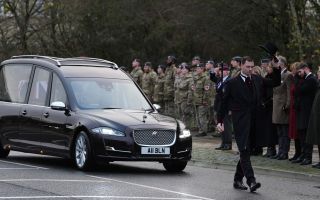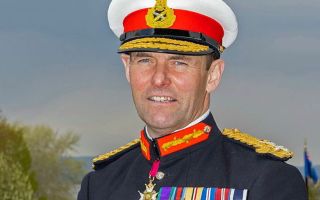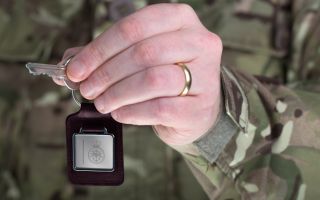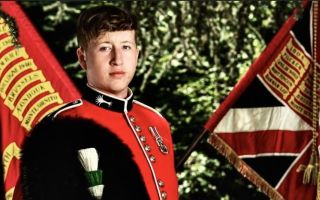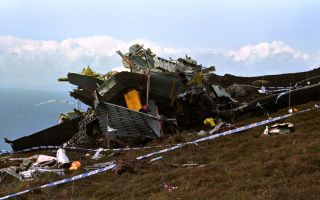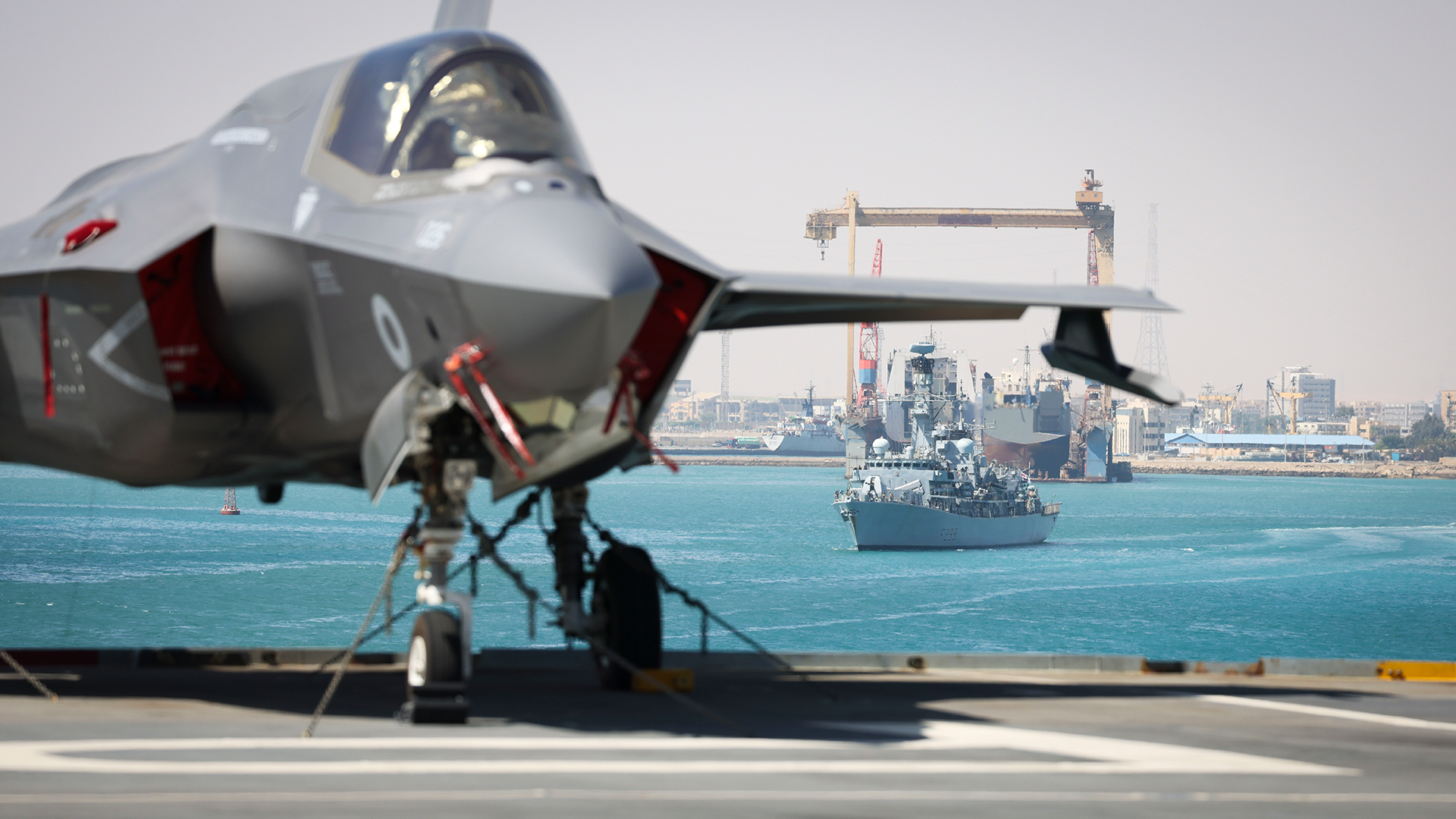
HMS Prince of Wales transits Suez Canal and Red Sea as she leads CSG25 towards Australia

The UK Carrier Strike Group has sailed through the Suez Canal and Red Sea and is now in the Indo-Pacific phase of her eight-month deployment.
The transit into the Indian Ocean marks the end of a month of exercises and operations in the eastern Atlantic and Mediterranean.
The Royal Navy's flagship HMS Prince of Wales, flanked by escort warships, is on course to reach Australia.
- RFA Tidespring's Merlin completes search and rescue training after leaving CSG25
- Royal Navy uses Puma drone to direct Merlin helicopter in operational first
- Carrier Strike Group 25 passes through the Suez Canal, the Royal Navy reveals
HMS Dauntless, HMS Richmond, Norwegian frigate HNoMS Roald Amundsen, Canadian frigate HMCS Ville de Québec and Spanish frigate ESPS Méndez Núñez, all accompanied HMS Prince of Wales – her deck filled with F-35B jets and Merlin and Wildcat helicopters – through the waterways into the Indian Ocean.
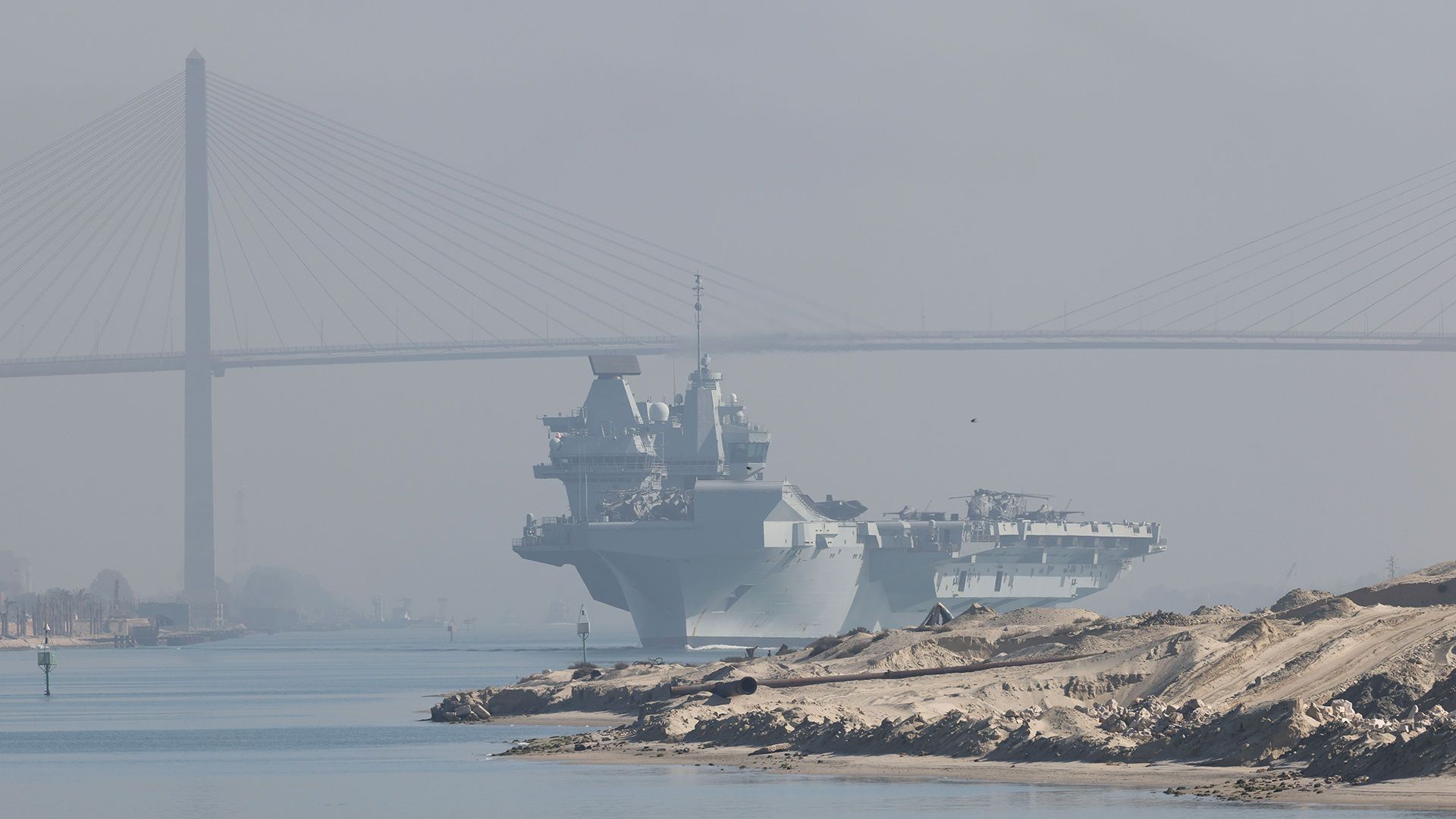
While in the Red Sea, HMS Dauntless' flight department had been loading and unloading a Wildcat helicopter with Martlet missiles every 12 hours.
The helicopter was held in constant combat readiness with its missiles being changed halfway through the day.
The southern part of the Red Sea is the highest threat area from Houthi rebels operating out of Yemen.
How the latest phase of Op Highmast took place
HMS Prince of Wales transited the Suez Canal on 24 May, passing under the Al Salam Bridge.
Four days later, she took part in a replenishment at sea with Norwegian tanker HNoMS Maud in the northern Red Sea.
HNoMS Maud is not thought to have transited the southern part of the Red Sea herself, and is now detached from CSG25.
CSG25 transited the southern part of the Red Sea past Yemen, known as the Bab-el-Mandeb on 31 May.
The Bab-el-Mandeb Strait connects the Red Sea to the Gulf of Aden and, by extension, the Indian Ocean.
During that phase, the group was led by the US Arleigh Burke-class destroyer USS Truxtun, followed by the Norwegian frigate HNoMS Roald Amundsen.
Then came Type 45 destroyer HMS Dauntless, leading HMS Prince of Wales, followed by Type 23 frigate HMS Richmond and Spanish frigate ESPS Mendez Nunez.
The southern part of the Red Sea was the highest threat area from Houthi rebels operating out of Yemen.
During the Bab-el-Mandeb transit, the ships would most likely have been at the highest state of readiness.
This marked the first time HMS Prince of Wales had operated east of Suez.
Throughout their time in the Red Sea none of the UK or foreign ships in the Carrier Strike Group posted on social media about their location, presumably for security reasons.
So far, the deployment has seen the UK Carrier Strike Group teaming up with its Italian counterpart, amassing an allied force of 21 warships, three submarines, 41 fast jets, 19 helicopters, 10 patrol aircraft and 8,000 personnel in the Ionian Sea.
The eight-month deployment, known as Operation Highmast, will involve upwards of 4,500 British military personnel, including nearly 600 RAF and 900 soldiers alongside 2,500 Royal Navy sailors and Royal Marines.
For more reports about Carrier Strike Group 25, click here.

